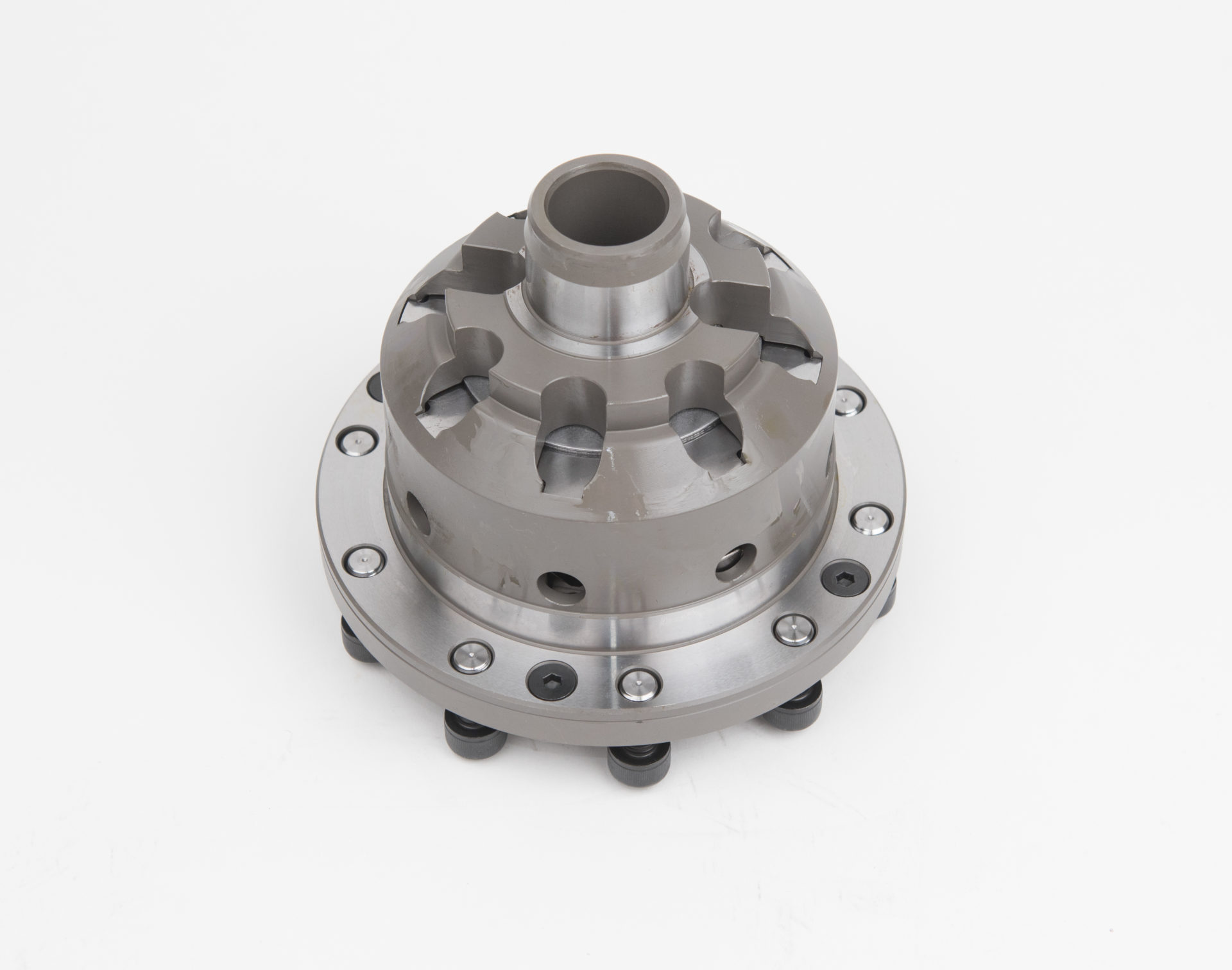
Project DC2 Integra- Getting More Grip With OS Giken and Better Response With Centerforce
With our DC2 Integra rocking a state of the art suspension, it was time to get our drivetrain in order for our anticipated track use and increased power. To get the power to the ground, we needed a limited slip differential, and we selected what we feel is the best FWD limited slip on the market- the OS Giken 1-way differential.
A limited slip differential is a differential that applies power to both front wheels, even when one tries to spin. A conventional differential will apply all the power to the spinning wheel which is the opposite of what you want to happen. So when coming out of corners or during drag launches, a limited slip differential is a huge advantage. It is also an advantage in braking as well, but more on that later.
We had previously installed a Centerforce lightweight steel flywheel and Dual Friction Clutch. We decided to improve response further and install a lighter Centerforce aluminum flywheel at the same time while we had the tranny out.

For an in-depth look inside the OS Giken diff and tips on how to set it up and tune it, check out this previous article we did on the subject.
The OS Giken diff for the DC2 Integra is a 1-way differential. This means that the diff locks under drive loading conditions and freewheels with no load on it. For an FWD or the front of an AWD car, this is desirable because it allows the diff to not resist independent rotating under freewheeling and braking. It also reduces the propensity of a solidly locked diff to cause understeer, especially under turn in.
Well, this is not exactly true. The OS Giken diff has some resistance to the wheels freely spinning independently with no load. This is due to the initial breakaway preload applied to the clutches and a slightly rounded shape on the cross shaft cam that causes some wedging action when freewheeling and under braking.
Having some resistance to independent rotation is desirable because it reduces the chances of inside wheel lock up when trail braking or late braking and keeps the low traction wheel from locking up when encountering split traction surfaces under braking. This helps stability under braking without a lot of contribution to understeer.
Another advantage to the OS Giken LSD is that it is the most tuneable differential on the market. The diff can be adjusted for initial lock-up torque, locking torque slope, total amount of lock and how much lock is applied on acceleration and deceleration. This is accomplished with changes to the differentials pressure ring springs, cross shaft cam shape, amount of clutches active and pressure ring cam track shape.
Our Integra diff was set up from the factory for a mild lock on decel, a more aggressive lock on power with a smooth ramp up to maximum lock. This is optimized for an FWD car. OS Giken diffs have grooved clutch plates for good lubrication flow through the clutch plate stacks for long life. This makes for a smooth acting differential, important for a FWD car.

The first thing we remove is the cone spring. The cone spring is a conically-shaped plate that gets squished flat when the diff case is bolted together. The springiness of the cone spring preloads the differential clutches and controls the initial breakaway torque. This is the minimal amount of lock that the diff has at all times.
There are three different cone springs that OS Giken makes to set three different levels of initial breakaway torque as a tuning factor. For instance, a drift car would want maximum initial lock and thus would use the stiffest cone spring. The front of an AWD car or a FWD car would use the softest cone spring to have the least initial lock to avoid understeer on turn in.




1 comment
What Fluid did you guys use in the transmission?